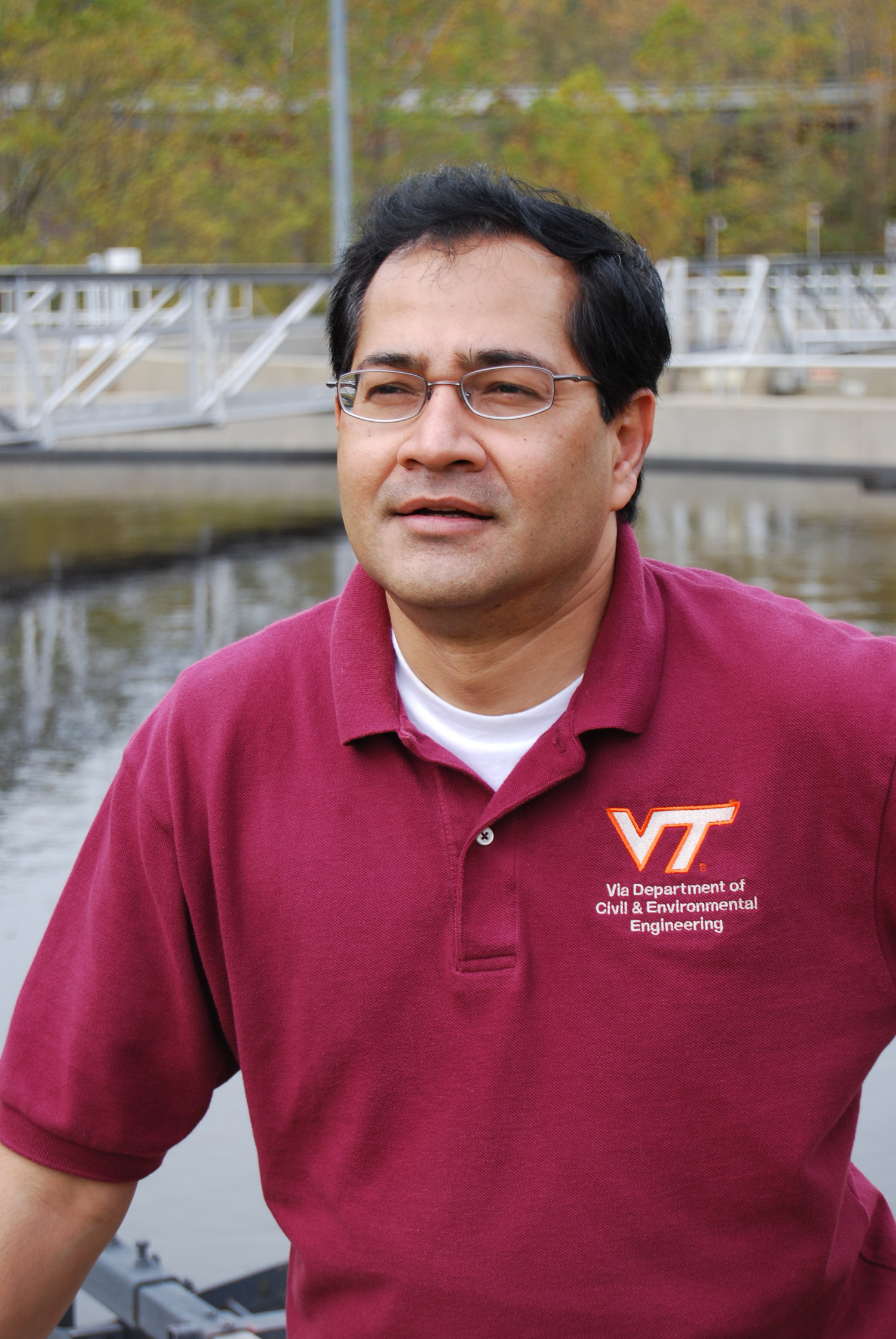Virginia Tech to launch WATERiD, a database on water and wastewater pipeline infrastructure systems

Unfortunately, more than 2 million miles of the nation’s infrastructure of water and wastewater pipelines are underground and nearing the end of their useful life. For state and local water utilities, making accurate predictions of exactly when the pipes might fail are extremely difficult since they are invisible to the human eye in their buried environmental conditions.
In an effort to address this potentially serious problem, a national database on technologies to assess the conditions and rehabilitation of the underground pipes will be available to utilities and the general public, starting on Thursday, Sept. 1.
Called WATERiD, and subtitled the WATER Infrastructure Database, it is the result of the work of Sunil Sinha, a National Science Foundation (NSF) Career Award recipient in the area of sustainable water infrastructure management systems.
“The proposed database will ensure a single point, information center for the utilities where they can find all the relevant information that will help in expediting the decision making process for the selection of appropriate condition assessment and rehabilitation technologies,” said Sinha, an associate professor of civil and environmental engineering at Virginia Tech.
The Web portal will be the platform for direct sharing and dissemination of relevant water infrastructure information, ranging from background documents, management practices, technologies, models and tools, and standards, to ongoing pipeline condition assessment and renewal engineering projects around the world. It is designed to serve as the first stop for water infrastructure related information and acts as the essential gateway that connects the stakeholders to various information sources scattered online.
Sinha’s graduate students have traveled around the country for the past year, interviewing employees at some 87 water and wastewater utilities, compiling about 100 case studies to date. They also compiled about 300 technical descriptions and 100 technology data sheets of original profiles of the underground pipes.
“We have developed a very robust database. It is necessary because the utilities are very fragmented in their efforts, and this database creates a much more level playing field” for the some 40,000 utilities in the U.S., Sinha said.
The U.S. Environmental Protection Agency is funding the four-year study through its Aging Water Infrastructure Research Program that supports the efforts to put the nation’s aging infrastructure on a pathway towards sustainability.
Some of the difficulty in compiling the knowledge, Sinha said, is due to the fact that employees at utilities do not publish technical papers on advancements or successes they have achieved. “If someone retires after 35 years, it is likely that the person takes that historical knowledge with him or her,” he added. “So when we do data mining – talking to experts, data mining, and extracting information from them – it is a lot of work but also a lot of valuable information.”
Small utilities usually wait until something is broken and needs to be fixed. The problem with this approach, Sinha said, “is analogous to the health of the human body. If you ignore your health, then it takes a lot of resources to restore it. Similarly, the consequences for not addressing the infrastructure problems can also increase. Instead of a $100,000 fix, it might turn into millions, especially if litigation occurs.”
WATERiD is free to all users, and Sinha is hopeful that more utilities will start adding their experiences.
The database is similar to Wikipedia for the water and wastewater utilities except users will not have editing privileges. Instead the database will be maintained and updated by Virginia Tech’s Institute for Critical Technology and Applied Science’s Center of Excellence in Sustainable Water Infrastructure Management.
Sinha co-directs this center with Marc Edwards, who holds the Charles P. Lunsford Professorship, an NSF Presidential Faculty Fellowship, and a MacArthur Fellow award.
Stakeholders who might be interested in participating in this project should email Sunil Sinha.



.jpg.transform/m-medium/image.jpg)
